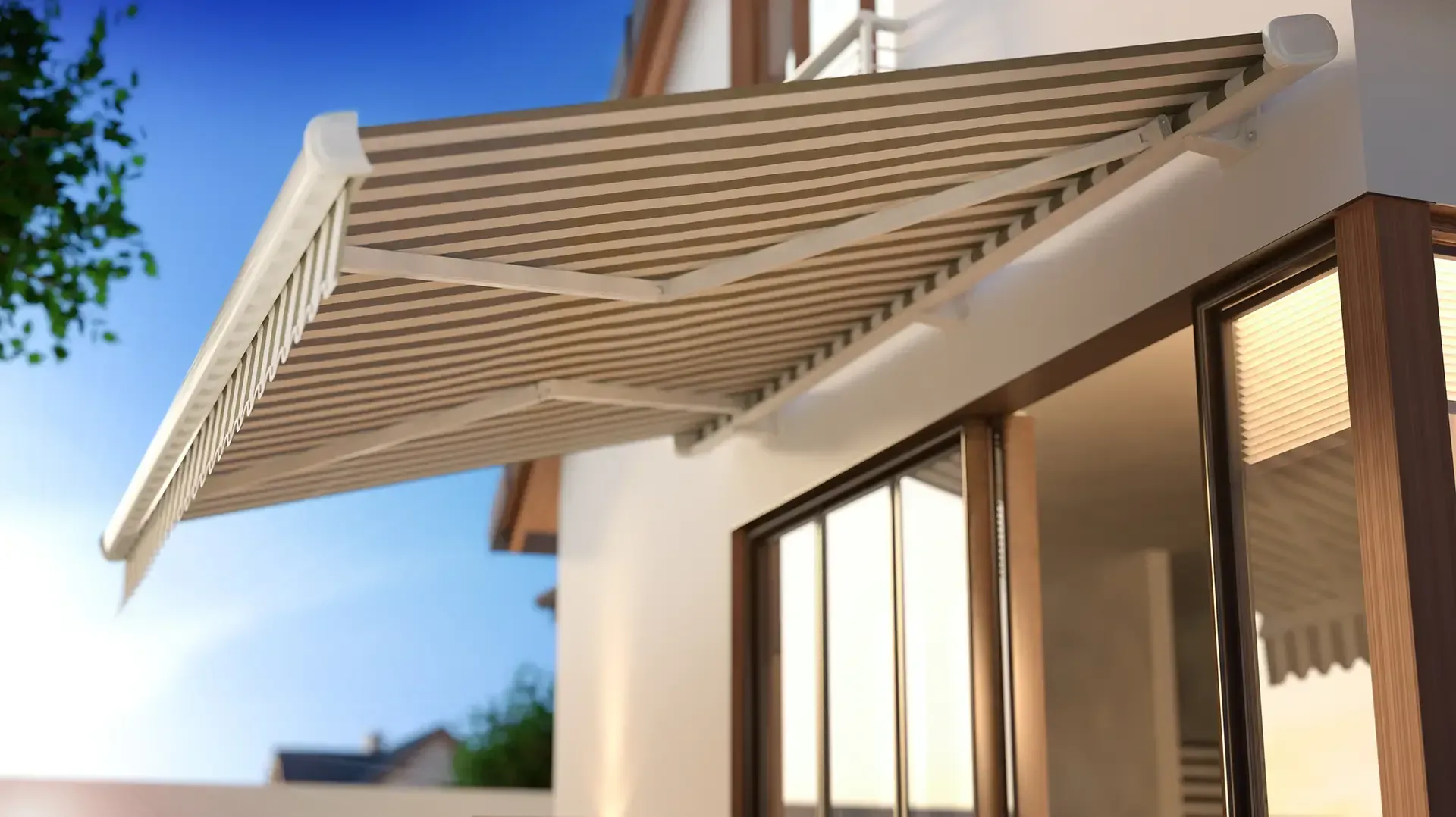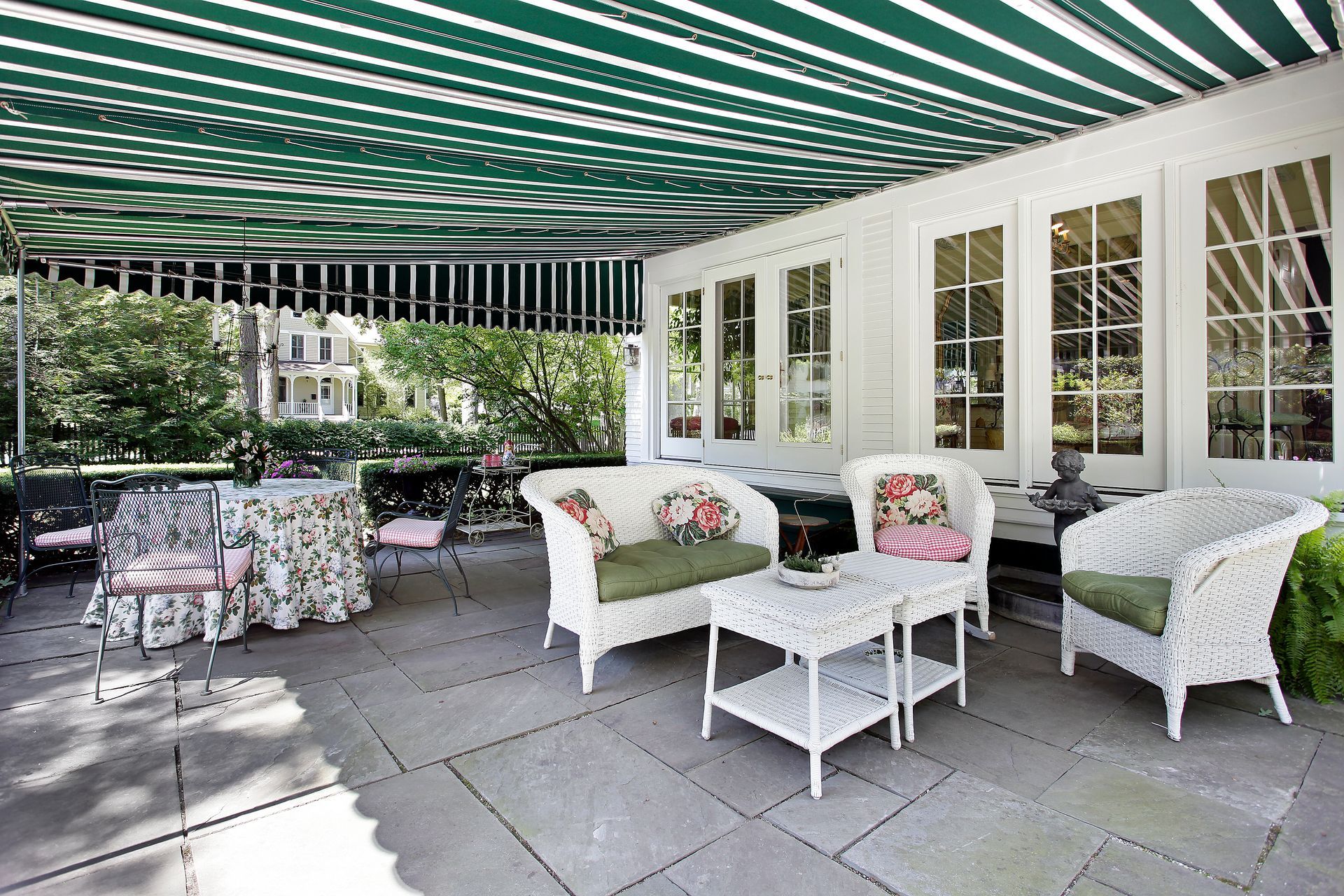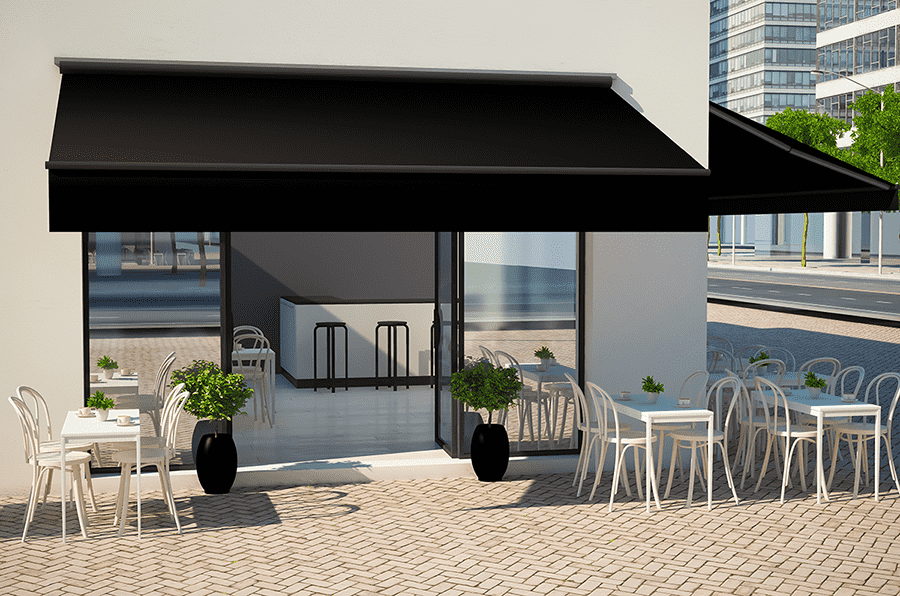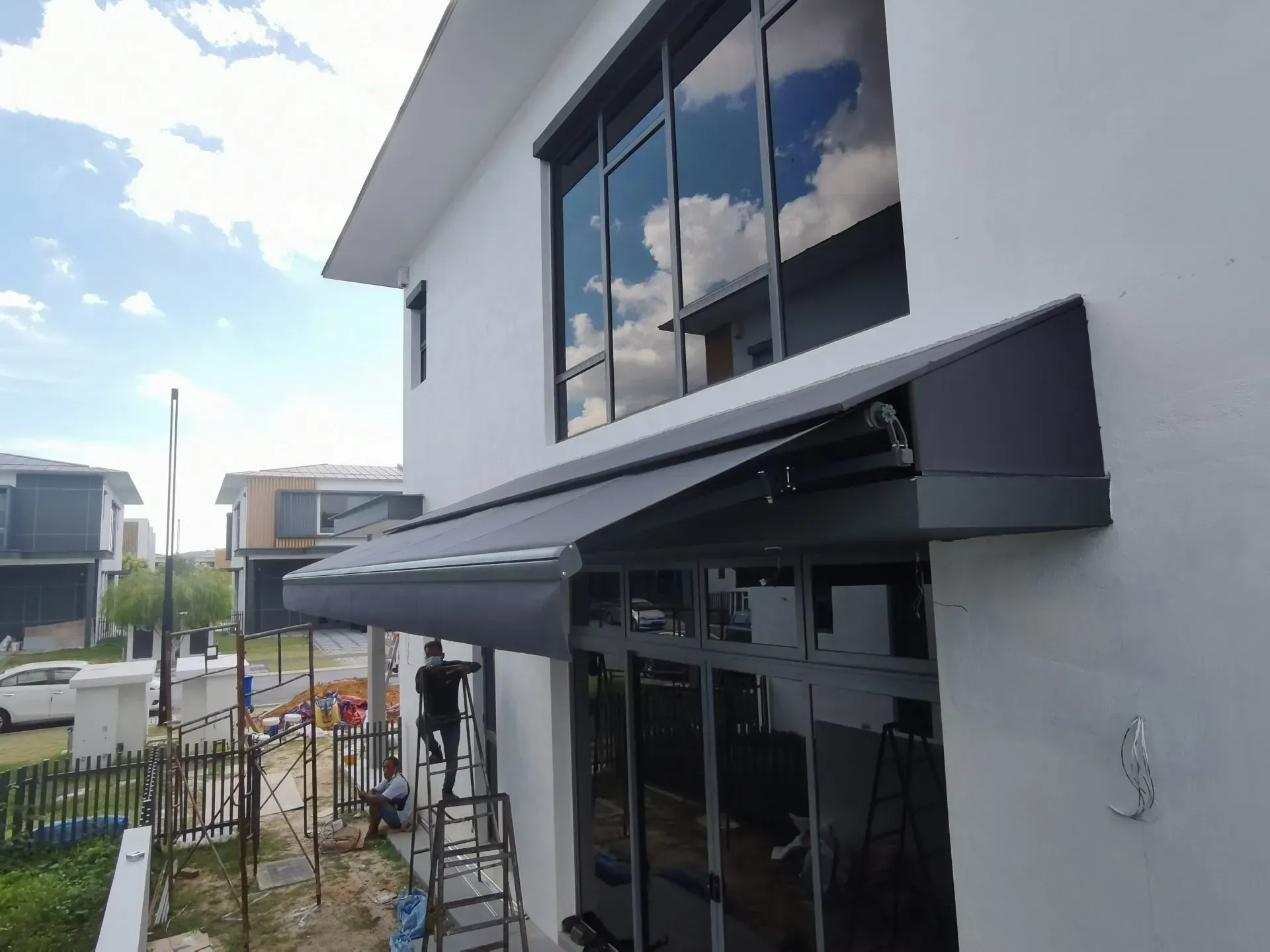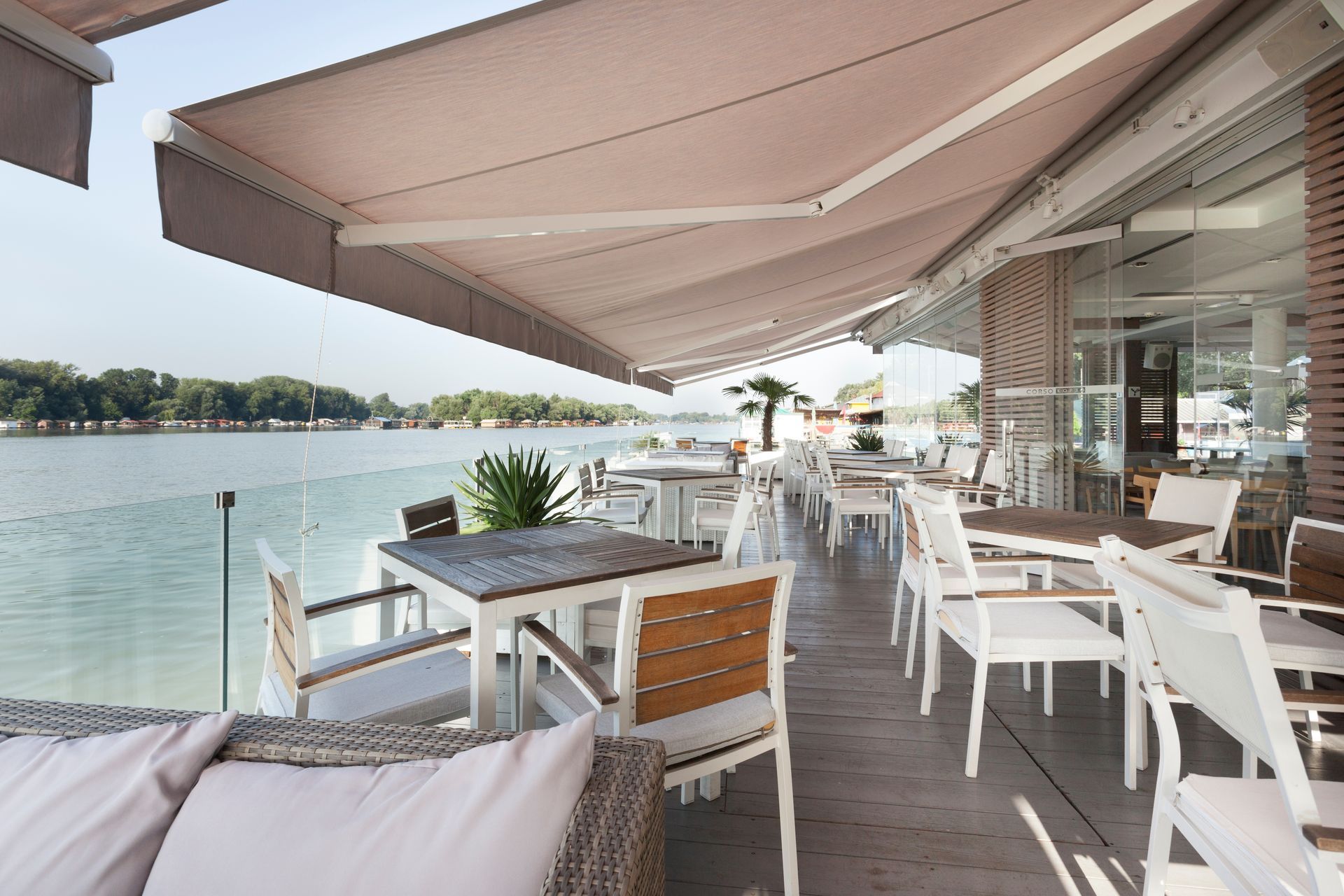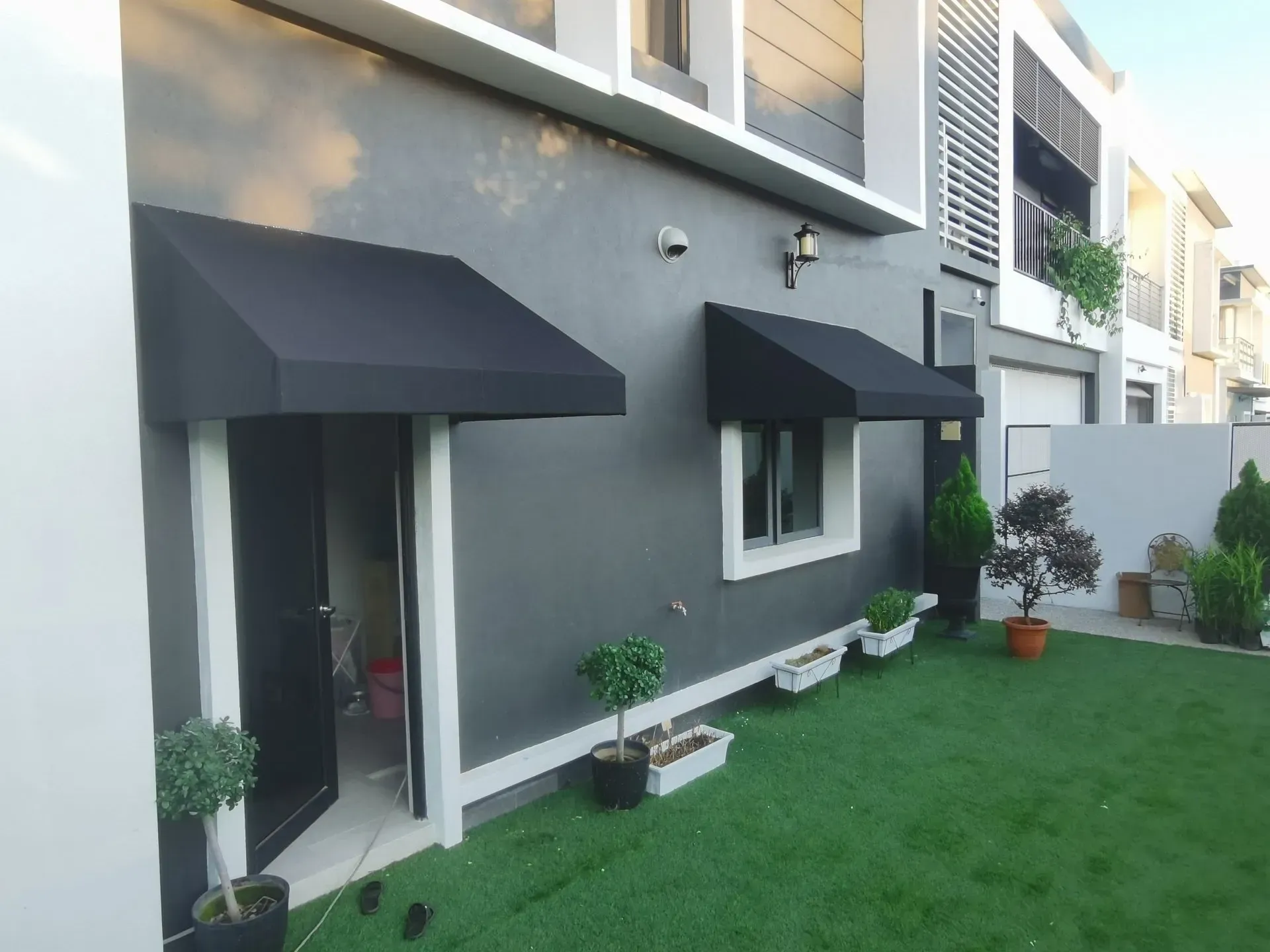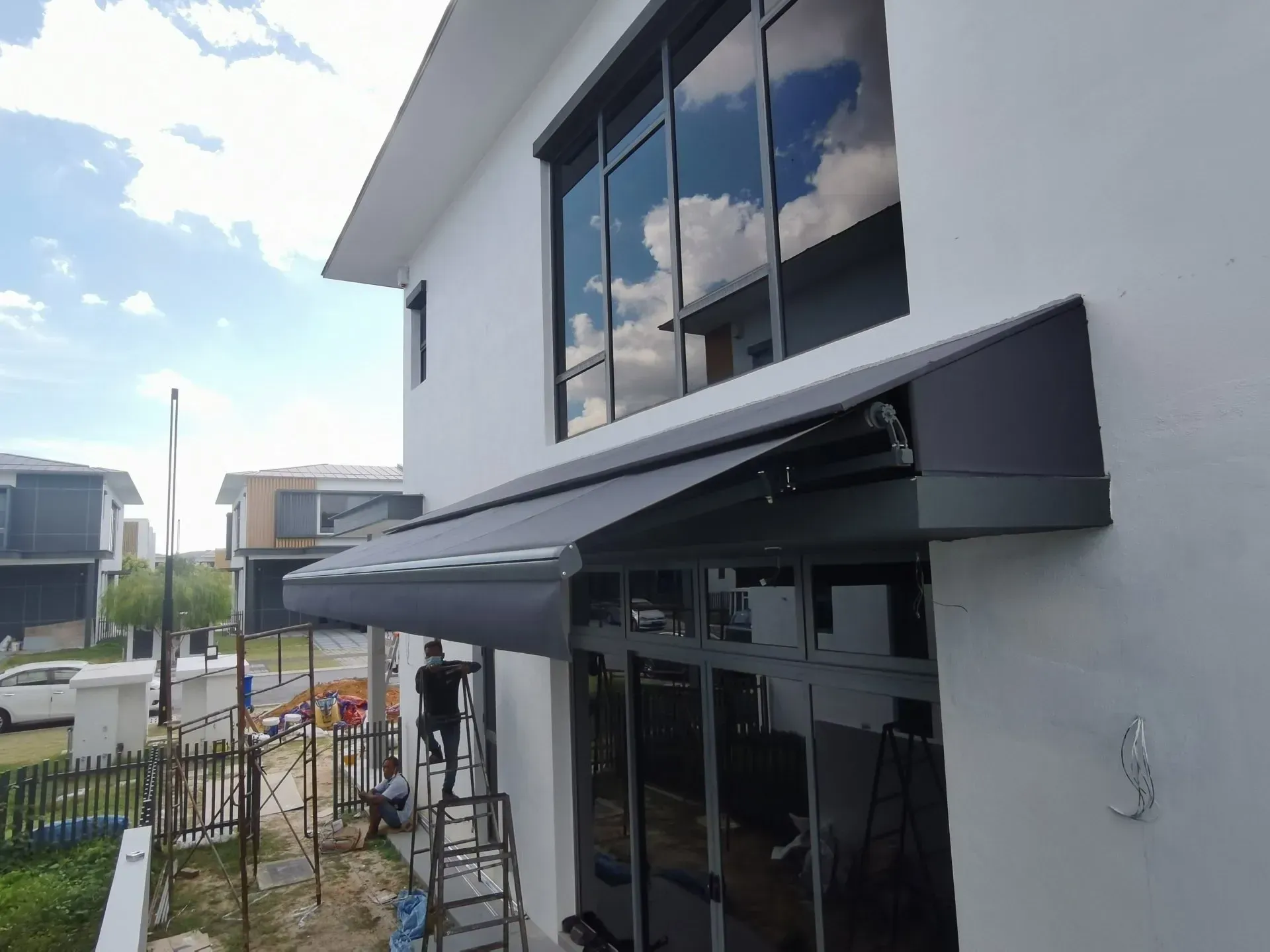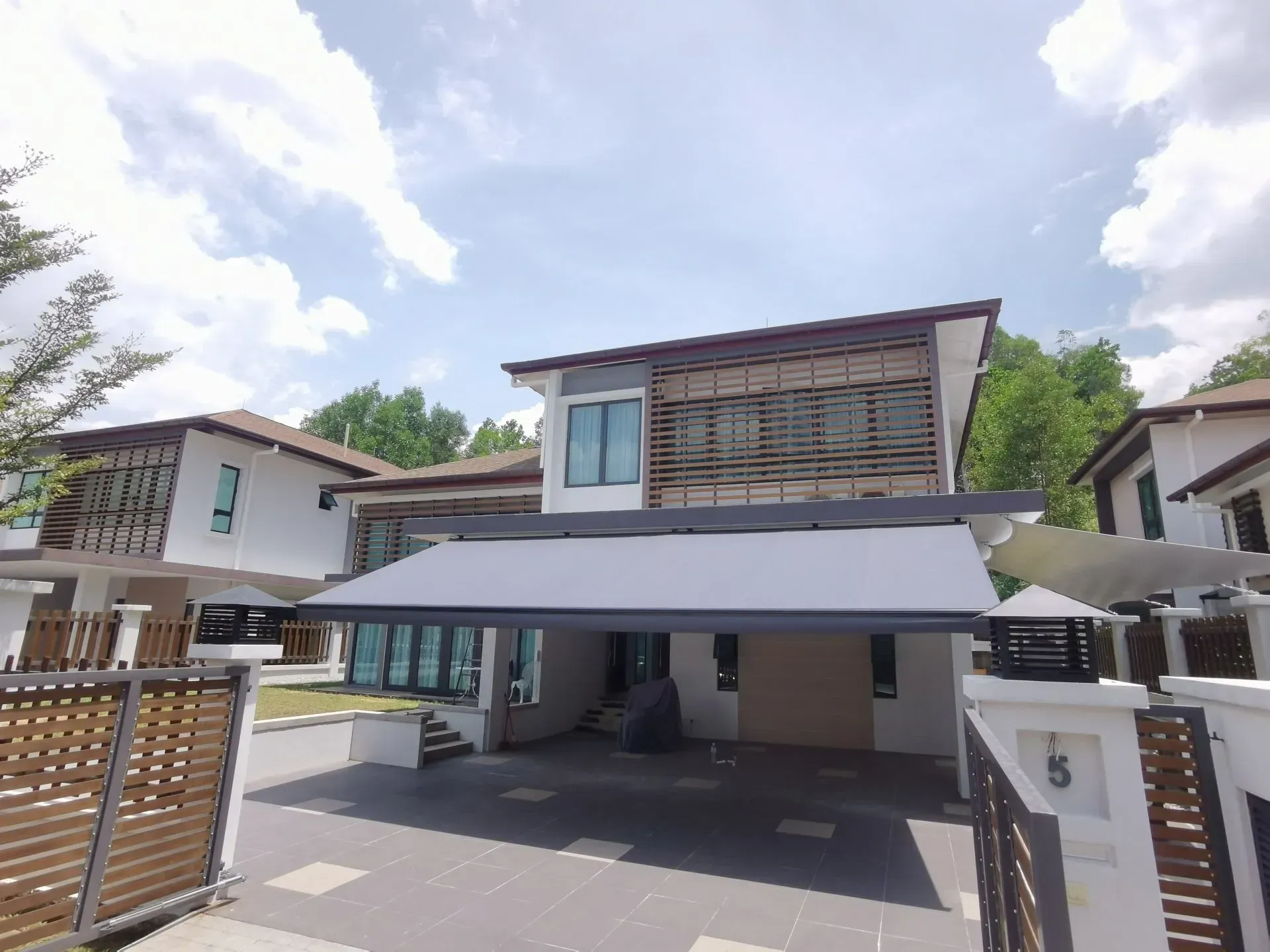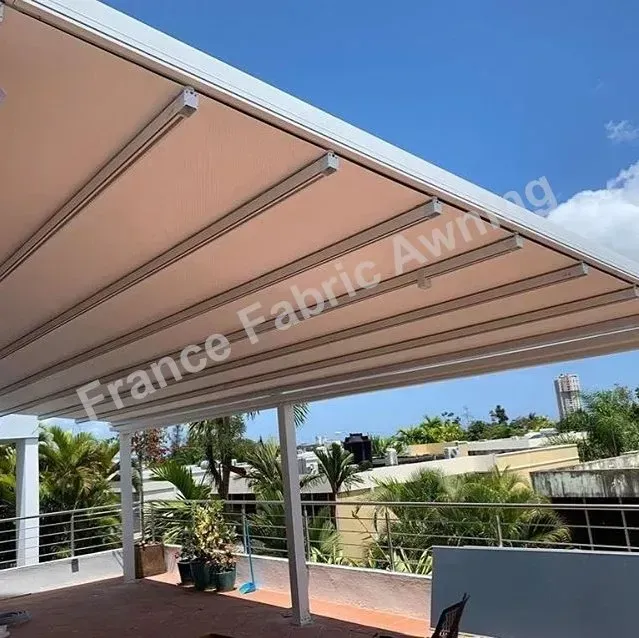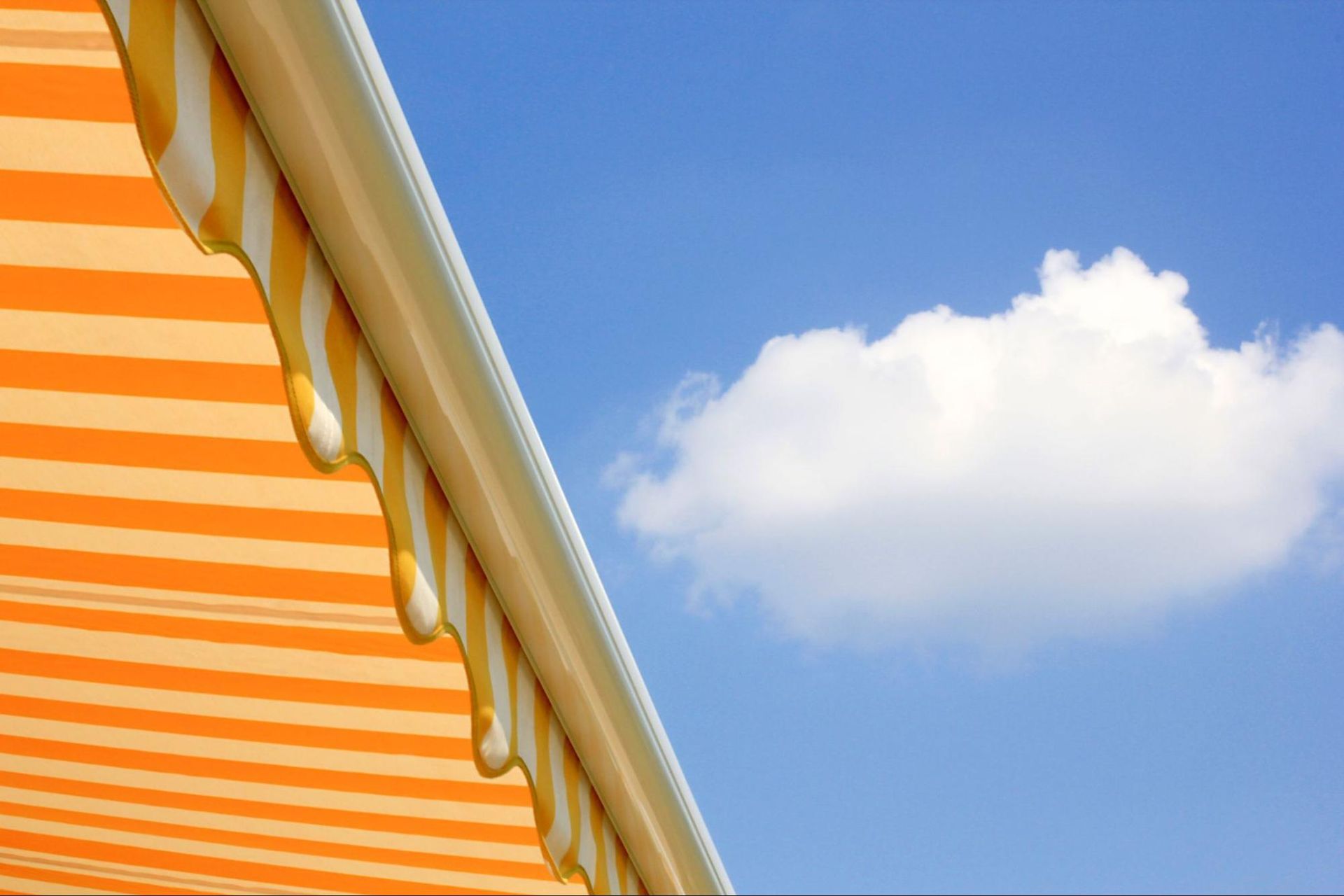Pros And Cons Of Getting A Transparent Awning
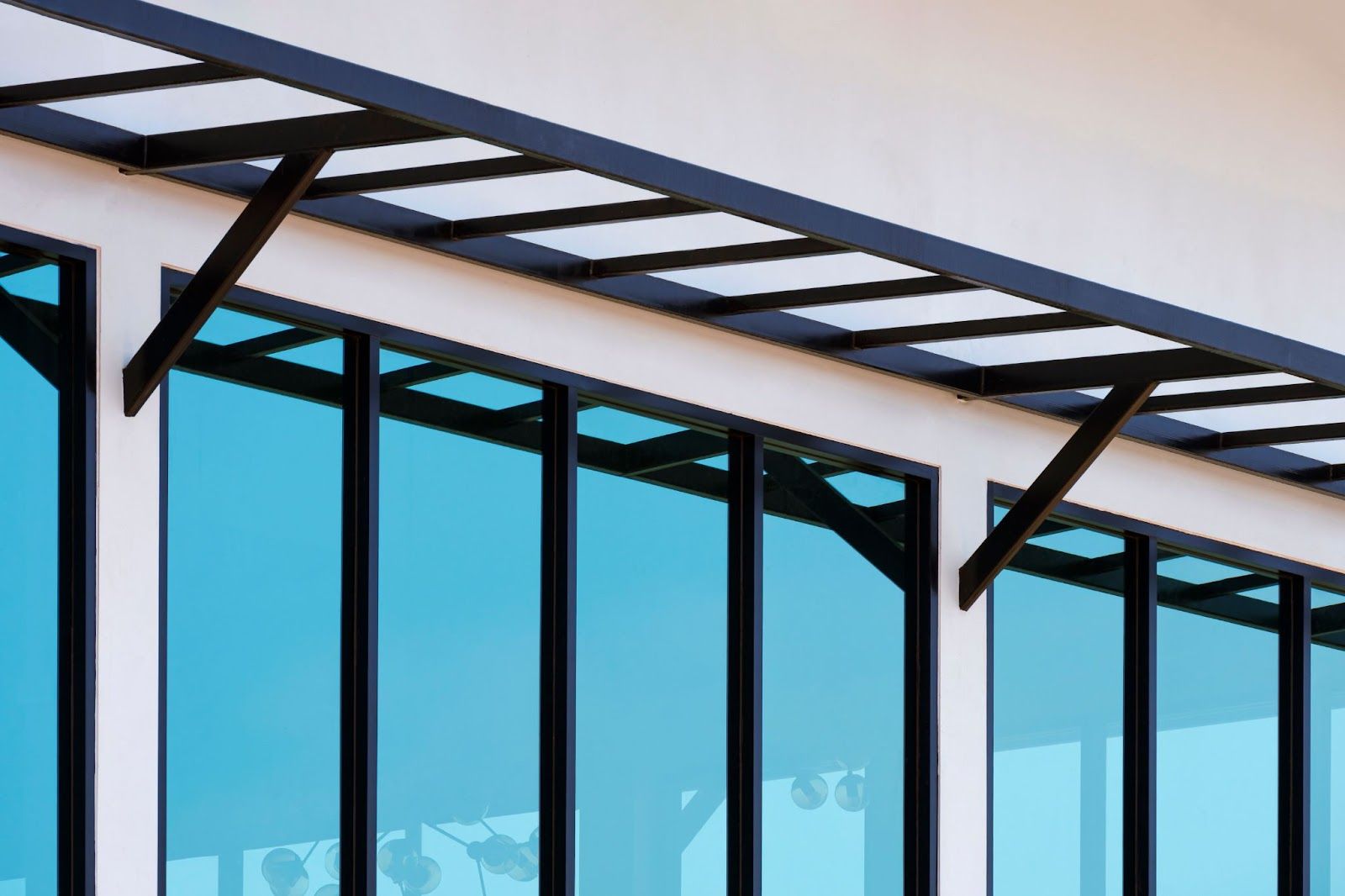
Transparent awnings can be a stylish and practical addition to any home or business. These awnings are made of clear materials, such as acrylic or polycarbonate, and allow light to pass through while providing protection from the elements.
However, like any home improvement decision, there are pros and cons to consider when deciding whether or not to get a transparent awning. In this article, we will explore the benefits and drawbacks of transparent awnings to help you determine if they are the right choice for your needs.
What are transparent awnings?
Transparent awnings are a type of canopy awning or covering made of transparent materials, such as acrylic or polycarbonate, which allow light to pass through. They are designed to provide protection from the sun, rain, and other elements while allowing natural light to enter a building.
Transparent awnings can be attached to the exterior walls or mounted on poles and are commonly used on windows, doors, and other openings in buildings. They can be made in various sizes and styles to suit different needs and design preferences.
Pros of transparent awnings
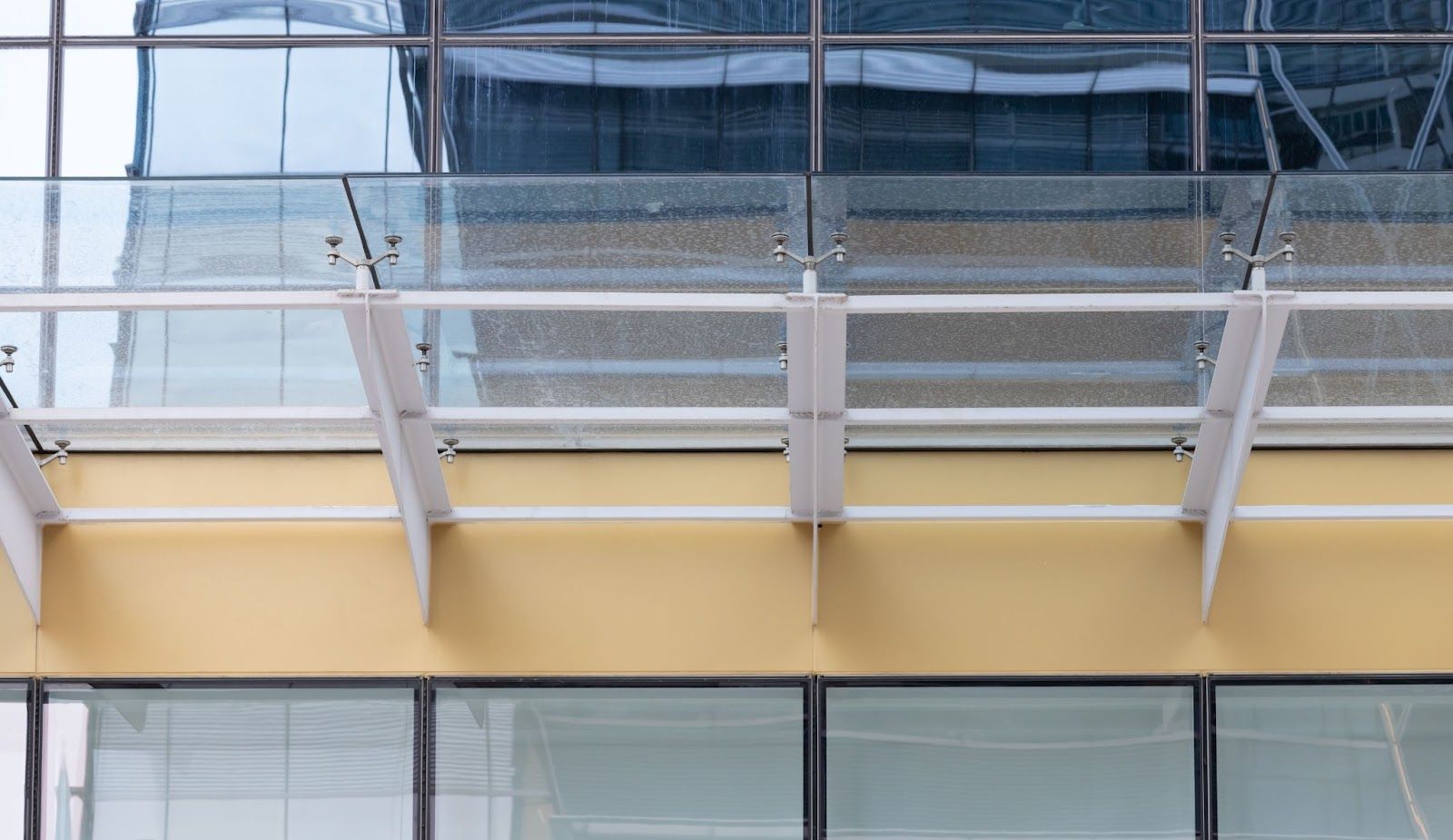
Transparent awnings are popular among businesses and homeowners because they offer considerable benefits. These awnings are made of clear or translucent materials, which allow natural light to pass through while providing protection from the elements.
Let's explore the pros of transparent awnings in more detail.
Protects from the weather and UV rays
Transparent awnings are made of materials resistant to water and UV radiation, such as acrylic or polycarbonate. These materials effectively block a significant portion of the sun's UV rays, which can harm the skin and fade or damage outdoor furniture, carpets, and other items.
When the awning is extended over a window or doorway, it provides shade and protection from the sun, rain, and other elements, helping to keep the area underneath it cooler and more comfortable.
The awning can also help reduce the heat and glare entering the building, improving energy efficiency and reducing the need for air conditioning.
Offers a minimalistic design
Transparent awnings are an excellent choice for those who want a minimalistic design because they are made of clear or semi-transparent materials that do not obstruct the view. They are designed to show the natural beauty of the surrounding area. This can help the awning blend in with the surrounding architecture and landscape rather than standing out as a separate, distinct feature.
Additionally, because transparent awnings are less visually prominent than other types of awnings, they can help create a clean and modern look for the exterior of a building. As a result, transparent awnings can be an attractive and stylish choice for those who want to enhance the look of their home or business without adding anything too flashy or attention-getting.
Transparent awnings offer a simple, understated design that can complement various architectural styles.
High-impact resistance
Transparent awnings are often made of acrylic or polycarbonate, solid and durable materials resistant to impact.
Acrylic is a type of plastic known for its clarity, strength, and UV resistance. It is often used in applications where transparency and high impact resistance are essential, such as in aircraft windows and windshields.
Polycarbonate is another type of plastic known for its strength, transparency, and impact resistance. It is commonly used in various applications, including bullet-resistant windows, automotive components, and electronic devices.
Both acrylic and polycarbonate are lightweight and easy to work with, making them well-suited for awnings. All in all, transparent awnings made of materials with these qualities can be expected to have high impact resistance and withstand the wear and tear of outdoor use.
Cons of transparent awnings
Though transparent awnings offer many benefits, there are also some potential drawbacks. While it is true that transparent awnings, made of clear or semi-transparent materials such as acrylic or polycarbonate, allow natural light to pass through while providing shade and protection from the elements. However, there are some situations where there may be better choices than transparent canopy awnings.
Here are the major drawbacks of transparent awnings you need to consider when installing them on your property.
Expensive
One potential drawback of transparent awnings is that they can be more expensive than other types of awnings. This is because they are made of high-quality materials such as acrylic or polycarbonate, which are more costly than other options like metal or vinyl. In addition, transparent awnings may require more specialised fabrication and installation techniques, which can also increase their price.
However, the benefits they provide may offset the long-term cost of transparent awnings. For example, transparent awnings minimise the heat and glare entering a building, enhancing energy efficiency and reducing air conditioning costs. They can also help protect outdoor furniture and other items from fading or damage due to UV radiation, which can save money on replacement costs over time.
Needs plenty of maintenance
Like any outdoor structure, transparent awnings will require maintenance to keep them in good condition. The specific maintenance needs of a transparent awning will depend on its material, the location and the weather conditions it is exposed to, among other factors.
In general, however, transparent awnings may require more maintenance than some other types of awnings due to their clarity and the fact that they allow more light to pass through. This can make it easier for dirt, dust, and other debris to accumulate on the awning, which may need to be cleaned off regularly to maintain its appearance and functionality.
Not good for the environment
Transparent awnings are not necessarily bad for the environment, but like any product, they have some environmental impacts. The materials commonly used to make transparent awnings, such as acrylic and polycarbonate, are derived from fossil fuels and require energy to produce, which can contribute to greenhouse gas emissions. In addition, the production and transportation of these materials can also have environmental impacts.
However, it is worth noting that there are steps that can be taken to mitigate the environmental impacts of transparent awnings. For example, many manufacturers offer transparent awnings made from recycled materials that can be recycled at the end of their useful life.
In addition, transparent awnings can have environmental benefits by helping to reduce energy consumption and greenhouse gas emissions.
Are you looking for a quality canopy awning installation in Malaysia? Contact France Fabric today!
If you're looking for a quality canopy awning installation in Malaysia, contact France Fabric today! Our qualified and experienced team will provide you with the best possible solution for your needs. We take care of everything from the initial consultation to the final installation. Book an appointment with us today to learn more about our canopy awning installation service.

